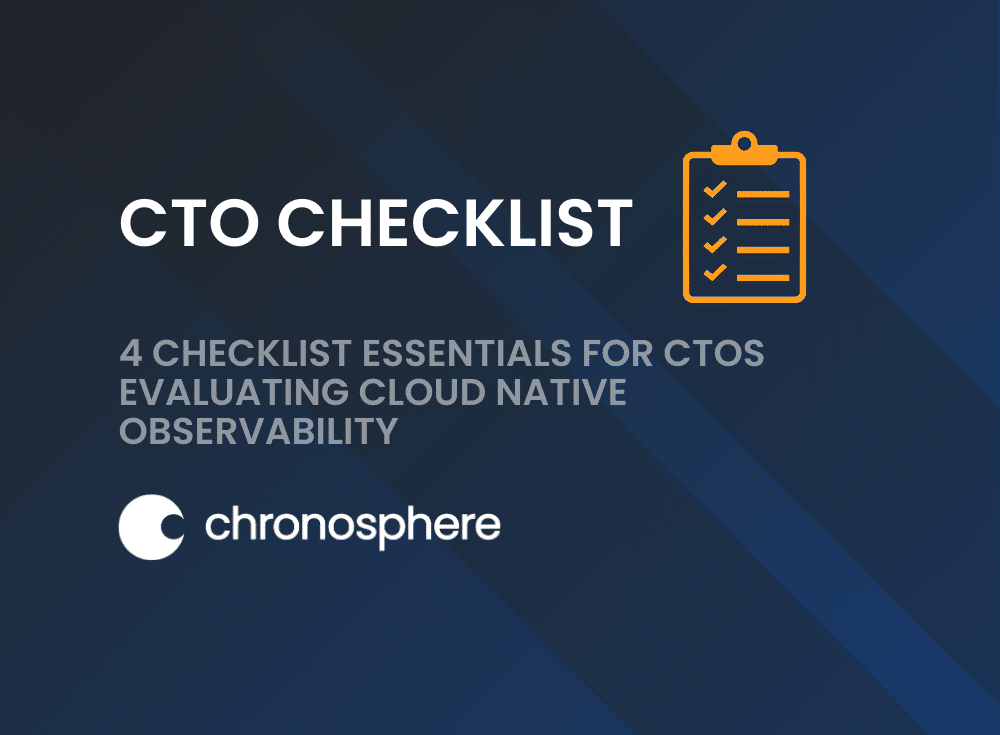Podcast: Cloud Native Observability: Fighting Rising Costs, Incidents
In this episode of Makers, Mao talked to Heather Joslyn, of TNS, about the challenges of observability in cloud and multicloud environments. The discussion addressed how to help a team prioritize what matters most when they get alerts, and how are people using observability to help them “shift left” and take more responsibility at the developer stage for security.
Featuring

Co-founder and CEO
Chronosphere

Editor in Chief
The New Stack
Heather Joslyn is editor in chief of The New Stack, with a special interest in management and careers issues that are relevant to software developers and engineers. She previously worked as editor in chief of Container Solutions, a Cloud Native consulting company, and as an editor/reporter at The Chronicle of Philanthropy and the Baltimore City Paper.
How Observability Can Serve Developers
When an organization begins deploying on distributed cloud architectures, they not only see the volumes of data they’re producing increase, but they’re also usually asked to make a cultural change — into DevOps, which demands greater accountability from developers.
“Historically, developers have not had to operate their software in production, there’s been a centralized operations team,” Mao said. “These days, you may have [a site reliability engineering] team or a platform engineering team. But those teams are not really responsible for operating software, they’re responsible for setting up the frameworks and the tools and providing the best practices.
In the cloud native world, he added, “each developer really has to take that responsibility into their own hands… the average developer doesn’t just have to write the piece of software. Now they have to know how to operate it and monitor it in production, they have to know how to secure it, they have to know how to deploy it and learn everything about the CI/CD.”
The problem is, Mao said, many observability tools were built for centralized operations teams.
Cloud native observability tooling should help developers run, maintain and operate the software in production, he said. But it could potentially do more than that.
“One of the things that we’re finding is that observability can play a really good role in even helping decode the fairly advanced environment that a developer is running in,” Mao said. Using such tooling along with data, he said, could help developers answer questions like, “Where does my piece of software run? How does it run? What are its actual dependencies? Because that’s often something that you may not know.”
“There’s actually a lot that the observability tooling can be doing to sort of inform the developer have all that information in ideally, a really simple way.”
To help teams sift through all the information they get from observability efforts and contain costs, Chronosphere has created a vendor-neutral framework called the “Observability Data Optimization Cycle.”
The first step the framework recommends is to establish centralized governance, to set budgets for all teams that produce data.
“You really want to perhaps optimize all your data, so you can get the value out of it,” Mao said. “But without paying that the whole cost. So we created this framework for companies to think about it and really apply a lot of the FinOps concepts to the observability space.”
Share This:


